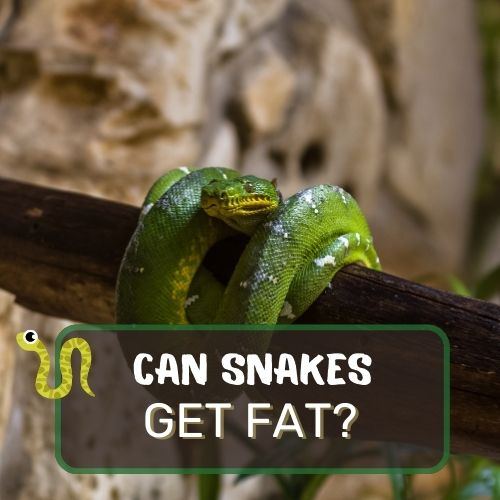
In the mysterious realm of reptiles, the question arises: Can snakes get fat?
Delving into this intriguing inquiry, we explore the surprising reality of snake obesity, a topic often overlooked.
Unveiling the factors contributing to weight gain in these serpentine creatures, we embark on a journey through their unique physiology, dietary habits, and the environments they inhabit.
By the end of this article, you’ll have a comprehensive understanding of the factors that can lead to snake obesity and its potential consequences.
Whether you’re a snake enthusiast or simply curious about the wonders of the animal kingdom, this exploration promises to shed light on the lesser-known aspects of snake health and well-being.
Table of Contents
Can Snakes Become Obese? (Yes, They Can)
Yes, snakes can indeed become obese. While it might seem surprising, snakes, like other animals, can accumulate excess body fat. Factors such as overfeeding, improper diet, and a sedentary lifestyle in captivity can contribute to weight gain. This excess fat can lead to various health issues, affecting their mobility, organ function, and overall well-being. Proper feeding practices, providing an enriched environment for activity, and regular monitoring of their weight are essential to prevent and manage snake obesity.
Can Snakes Get Fat?: In-Depth Guide
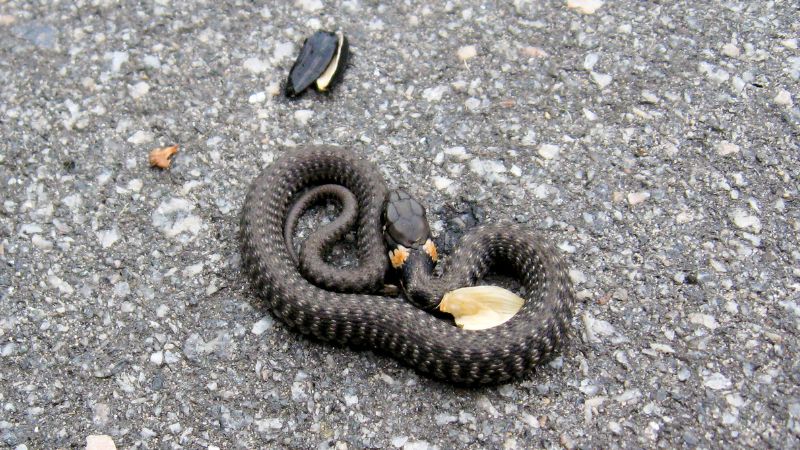
Snakes’ Ability to Gain Weight
When we think of weight gain, the image of a slithering snake might not be the first thing that comes to mind. However, just like any other living creature, snakes too have the potential to put on some extra pounds.
While they might not be reaching for the potato chips or ordering pizza, snakes can accumulate fat reserves over time. Unlike mammals, snakes don’t possess a layer of insulating blubber; instead, their fat is stored internally, primarily around organs.
Factors That Contribute to Snake Obesity
One key player is diet. In the wild, snakes often have to work for their meals, expending energy to hunt and capture prey.
In contrast, captive snakes might have a more sedentary lifestyle, leading to less energy expenditure. Additionally, the type and quantity of food play a role.
Just like humans, if a snake consumes more calories than it burns, those excess calories are stored as fat.
Comparison Between Wild and Captive Snakes
Wild and captive environments have stark differences in terms of available resources and activity levels. Wild snakes have to navigate through their natural habitats in search of food, shelter, and mates.
This constant movement helps them regulate their weight. On the other hand, captive snakes might not have the same opportunities for physical activity. Combined with a consistent and perhaps excessive diet, this could lead to weight gain.
Health Risks of Snake Obesity
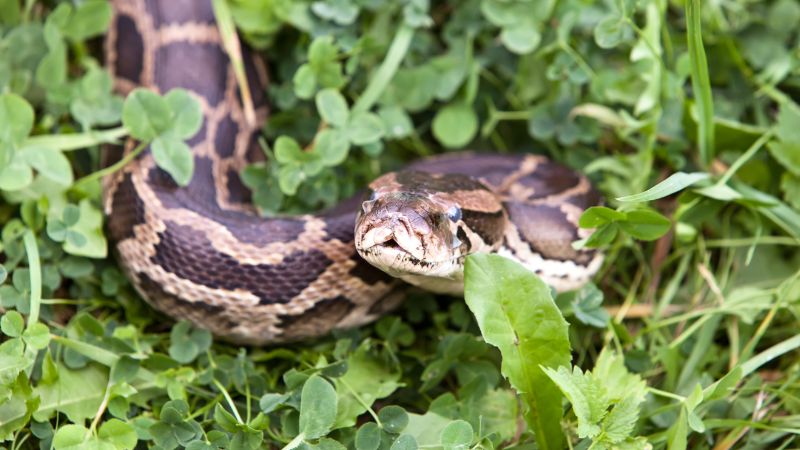
Impact on Snake’s Overall Health and Lifespan
Just as obesity affects human health, snake obesity can have a significant impact on their well-being. Excess fat can lead to decreased mobility and flexibility, hindering their ability to move and hunt effectively.
This can result in a lower quality of life and, in some cases, a shortened lifespan. Snakes that are overweight might struggle to shed their skin properly, leading to skin infections or irritation.
Common Health Issues Related to Snake Obesity
Obesity in snakes can open the door to a range of health issues. One of the most concerning is fatty liver disease. When fat accumulates in the liver, it impairs its function and can lead to serious complications.
Digestive problems, respiratory issues, and even heart problems are also potential consequences of snake obesity. These health concerns not only affect the snake’s physical well-being but also its ability to reproduce and thrive.
Importance of Maintaining a Healthy Weight for Snakes
Maintaining a healthy weight is crucial for a snake’s overall health and longevity. Snakes, whether wild or captive, rely on their agility and strength to survive.
A healthy weight ensures they can move, hunt, and interact with their environment effectively.
Snake owners can play a vital role in preventing obesity by providing a balanced diet, ensuring proper portion sizes, and encouraging regular physical activity through environmental enrichment.
Signs of Snake Obesity
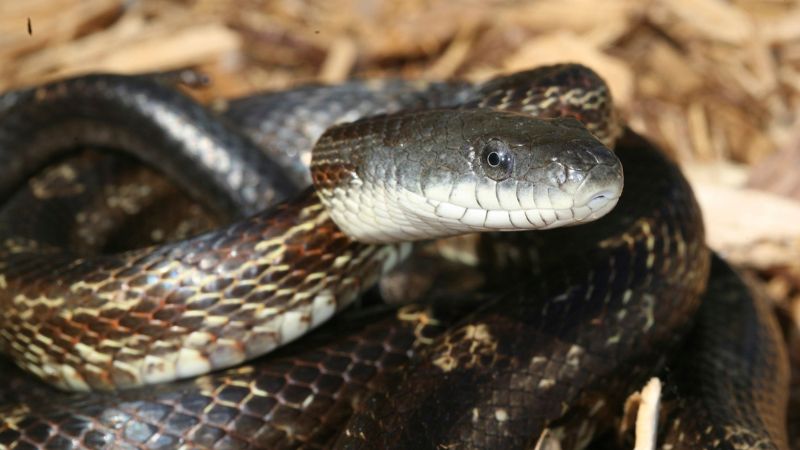
Physical Indicators of an Overweight Snake
Detecting obesity in snakes requires a keen eye and understanding of their anatomy. One of the most noticeable signs is an overall roundness or bulging appearance, especially around the midsection.
Snakes with a healthy weight should have a consistent width from head to tail. An overweight snake may have difficulty curling into a tight coil or might appear “stretched” due to excess fat deposits.
Behavioral Changes in Obese Snakes
Obesity can also manifest in a snake’s behavior. An overweight snake may become lethargic, spending more time resting and less time exploring its enclosure. Reduced activity levels and sluggish movements are red flags.
Additionally, obese snakes might show less interest in hunting or might struggle to catch prey due to reduced agility.
How to Visually Assess a Snake’s Weight
Visually assessing a snake’s weight involves a combination of observation and touch. Run your fingers gently along the snake’s body, feeling for any prominent fat deposits. A healthy snake should have firm muscles and minimal padding.
From above, the snake should have a distinct hourglass shape, with a narrower midsection and slightly rounded sides. If the snake’s body appears uniformly round, it might be carrying excess weight.
Preventing Snake Obesity
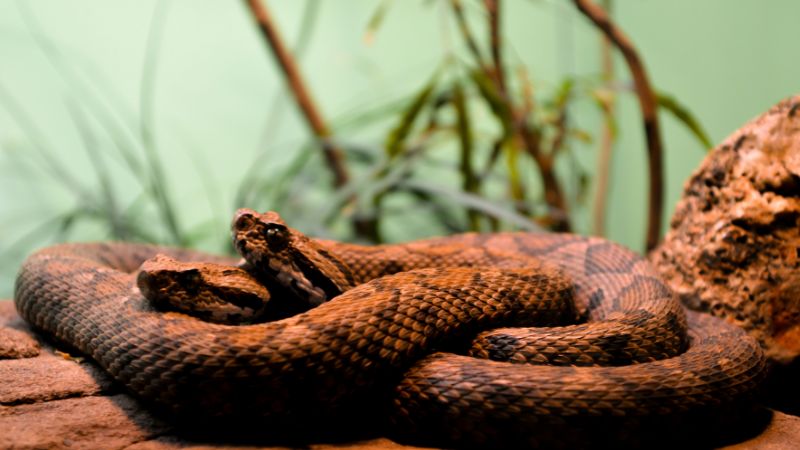
Proper Feeding Practices for Snakes
Feeding practices play a pivotal role in preventing snake obesity. Snakes are carnivorous creatures, and their diet should mimic their natural hunting habits. Choose prey items that match the snake’s size and species, and avoid overfeeding.
Offering appropriately sized meals ensures that the snake gets the necessary nutrients without consuming excess calories.
Determining Appropriate Prey Size and Frequency
Determining the appropriate prey size and feeding frequency for pet snakes is crucial for their health and well-being. Here’s a comprehensive guide:
- Prey Size:
- Girth Rule: A general guideline is to choose prey that’s roughly the same width as the widest part of the snake’s body. This ensures the prey can be swallowed without difficulty.
- Age Factor: Younger snakes, still growing, often require relatively larger prey in proportion to their size compared to mature snakes.
- Feeding Frequency:
- Snake’s Age: Juvenile snakes have faster metabolisms and need to eat more frequently, often every 5-7 days. Adult snakes, depending on the species, can be fed every 10-14 days or even less frequently.
- Prey Size: If you’re feeding larger prey items, you can space out feedings more than if you’re offering smaller meals.
- Snake Species: Some species, like ball pythons, can go longer between meals, while others, like corn snakes, might require more regular feeding.
- Observation: Monitor your snake’s weight, behavior, and overall health. If it’s consistently refusing food but appears healthy, you might be offering food too frequently. Conversely, rapid weight loss or constant searching for food might indicate underfeeding.
- Avoid Overfeeding: Overfeeding can lead to obesity and related health issues. It’s essential to strike a balance between ensuring your snake is well-nourished and avoiding overfeeding.
- Consultation: Especially for new snake owners, consulting with a veterinarian or experienced herpetologist can provide guidance tailored to your specific snake species and individual.
In essence, determining the right prey size and feeding frequency involves understanding your snake’s species, age, and individual needs, combined with careful observation and expert advice.
Balancing Diet and Exercise for Captive Snakes
For captive snakes, creating an enriching environment is crucial. Provide climbing structures, hiding spots, and opportunities for exploration.
Encouraging natural behaviors keeps snakes active and engaged, helping them burn calories and maintain a healthy weight.
Regular exercise not only prevents obesity but also supports muscle development and overall fitness.
Caring for a snake’s well-being involves more than just providing food and shelter.
By understanding the signs of obesity, adopting proper feeding practices, and promoting physical activity, snake owners can contribute to the long-term health and vitality of these incredible creatures.
Managing Snake Obesity
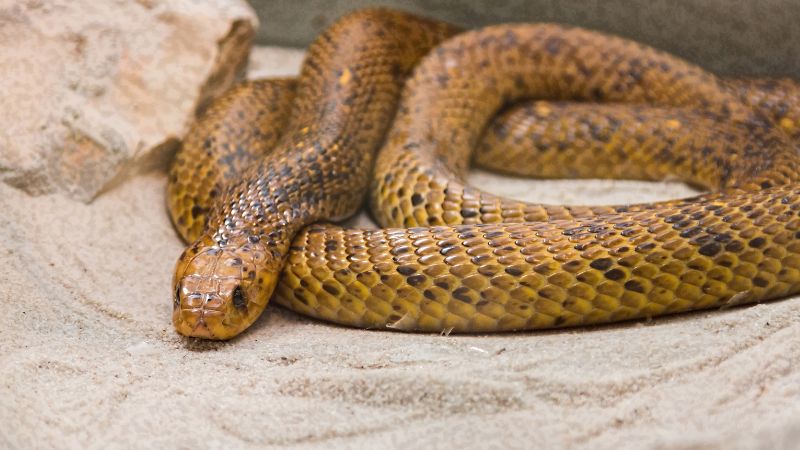
Addressing snake obesity requires patience and a strategic approach. If you’ve identified that your snake is overweight, it’s essential to take action to help them shed those excess pounds. Gradual changes to their diet and exercise routines are key.
Begin by reducing portion sizes and offering slightly smaller prey items. This helps create a calorie deficit and encourages weight loss.
Gradual Changes to Feeding and Exercise Routines
Abrupt changes to a snake’s routine can be stressful and counterproductive. Gradually adjust their feeding frequency and prey size over several weeks. Additionally, focus on enriching their environment to promote physical activity.
Providing various climbing opportunities, hiding spots, and even introducing novel objects can encourage movement and engagement.
Seeking Veterinary Assistance for Severe Cases
For severe cases of obesity or if you’re uncertain about how to proceed, consulting a veterinarian experienced in reptile care is crucial. A veterinarian can assess your snake’s overall health, provide guidance on a weight-loss plan, and monitor progress.
They might recommend specific dietary adjustments or additional medical interventions if necessary.
Snake-Specific Considerations

Different Snake Species and Their Susceptibility to Obesity
Different snake species vary in their susceptibility to obesity due to their unique characteristics, behaviors, and metabolic rates. Some species are naturally more active and have higher energy needs, making them less prone to becoming overweight.
For instance, the Corn Snake (Pantherophis guttatus) is known for its relatively active nature and ability to adapt to a range of environments. Their active hunting and exploratory behaviors keep their metabolism engaged, reducing the likelihood of obesity.
On the other hand, larger constrictor species like the Burmese Python (Python bivittatus) have a slower metabolism and can be more susceptible to weight gain.
These snakes have evolved to handle periods of fasting between meals in the wild, but in captivity, constant access to food can lead to overconsumption and subsequent obesity.
Furthermore, arboreal species like the Green Tree Python (Morelia viridis) spend a significant portion of their time climbing and moving in their tree-dwelling habitats. This constant activity helps them maintain a healthier weight range.
Understanding the species-specific traits of snakes is crucial when designing their care routines.
Tailoring feeding schedules, prey size, and the provision of an enriching environment can help mitigate the risk of obesity, ensuring that each snake’s unique needs are met and their health remains optimal.
Dietary Requirements and Preferences of Various Snake Species
- Ball Python (Python regius):
- Diet: Primarily small mammals.
- Preference: In captivity, they’re often fed mice or rats.
- Frequency: Juveniles eat once every 5-7 days, while adults can be fed every 10-14 days.
- Corn Snake (Pantherophis guttatus):
- Diet: Rodents, birds, and bird eggs.
- Preference: In captivity, they thrive on a diet of appropriately-sized mice.
- Frequency: Every 7-10 days, depending on the snake’s age and size.
- Green Tree Python (Morelia viridis):
- Diet: Small mammals and birds.
- Preference: Being arboreal, they often ambush prey from tree branches in the wild. In captivity, they’re typically fed mice or small rats.
- Frequency: Every 7-14 days, depending on the prey’s size.
- Garter Snake (Thamnophis spp.):
- Diet: Amphibians, fish, small mammals, and earthworms.
- Preference: In captivity, they can be fed a varied diet, including fish, earthworms, or small mice.
- Frequency: Every 5-7 days, given their active nature and smaller prey size.
For pet snake owners, understanding the specific dietary needs and feeding frequency of their snake species is essential to ensure their health and well-being. Proper care and feeding routines promote longevity and a happy pet.
Tailoring Care to Individual Snake Needs
Just as humans have unique requirements, individual snakes within the same species can have varying needs. Factors such as age, activity level, and metabolism play a role in how a snake’s body responds to food and exercise.
Observing your snake closely and adjusting their care based on their specific needs can contribute to their overall health.
Snake Husbandry and Obesity
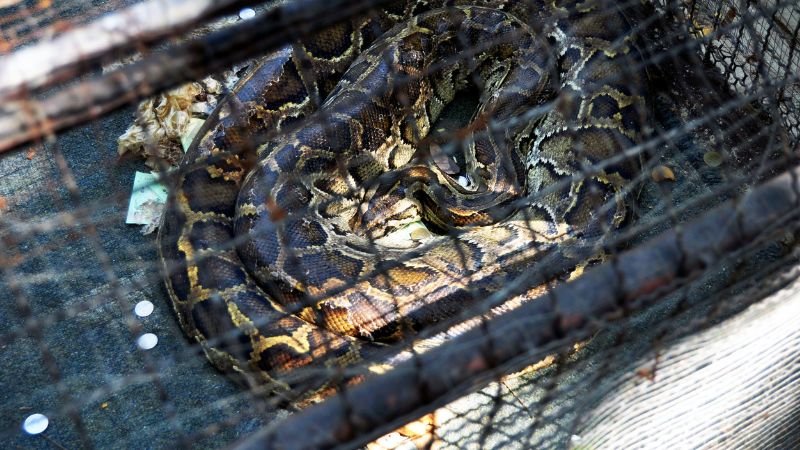
Creating an Optimal Habitat for Snakes to Prevent Obesity
The environment in which a snake lives significantly influences its health and weight. Designing a suitable habitat is vital to prevent obesity. Provide a spacious enclosure that allows for both movement and exploration.
Ensure the enclosure’s temperature and humidity levels mimic the snake’s natural habitat, promoting metabolic activity.
Importance of Providing Proper Environmental Enrichment
Environmental enrichment goes beyond physical exercise; it stimulates a snake’s mind. Offer a variety of objects like branches, hides, and objects for climbing.
These elements engage the snake’s senses and promote natural behaviors, reducing the likelihood of obesity due to boredom and inactivity.
Behavioral and Mental Health Considerations in Snake Care
Snake care extends beyond physical health. Pay attention to your snake’s behavior and mental well-being. Stress and anxiety can impact their appetite and activity levels.
Handling should be gentle and infrequent, respecting their need for solitude. A calm, stress-free environment promotes overall health.
FAQ
How Can You Tell if a Snake is Overweight?
An overweight snake typically exhibits a rounder body with visible bulges, especially around the midsection. They might also move more slowly and show reduced interest in activities like hunting or exploring.
Why Do Snakes Get Fat?
Snakes can become overweight due to factors like overfeeding, improper prey size, lack of physical activity, and captive environments that don’t encourage movement.
How Do You Help an Overweight Snake?
To help an overweight snake, gradually reduce food portion sizes, offer appropriately sized prey, and ensure an enriching environment with climbing structures and hiding spots.
How Long Can a Snake Go Without Eating?
Snakes can go without eating for several weeks to months, depending on factors like species, age, and overall health. Younger snakes generally need to eat more frequently.
How Do You Exercise a Snake?
Exercise for snakes involves creating an environment that encourages natural behaviors. This can include providing climbing opportunities, hiding spots, and items to explore within their enclosure.
Final Word
In the captivating world of snakes, the concept of obesity might seem unexpected, yet it holds significant implications for these intriguing creatures.
As we’ve journeyed through the nuances of snake care, it becomes evident that maintaining a healthy weight goes beyond appearance—it’s essential for their vitality and longevity.
From understanding the factors that contribute to weight gain to deciphering the subtle signs of obesity, we’ve explored the depths of snake health.
By fostering a balanced diet, promoting regular exercise through enriched environments, and seeking professional guidance when needed, we can actively prevent the onset of obesity and its associated health issues.
Remember that snake care extends beyond physical health; it encompasses mental well-being and natural behaviors. The world of these serpentine companions is a delicate balance of science and compassion.

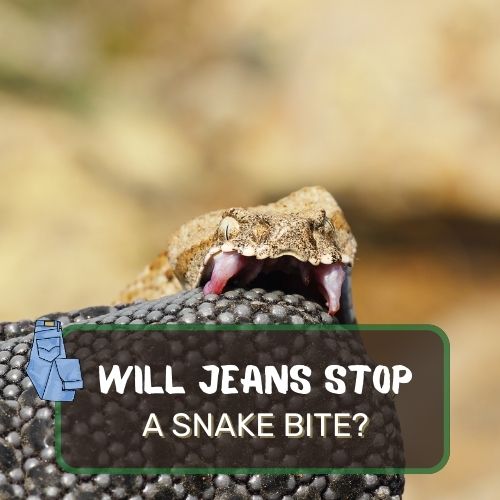
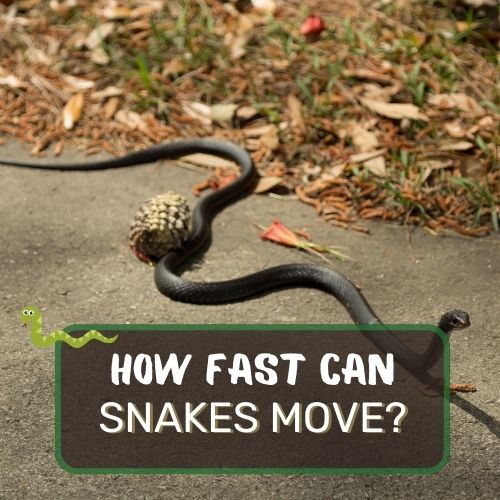

0 Comments